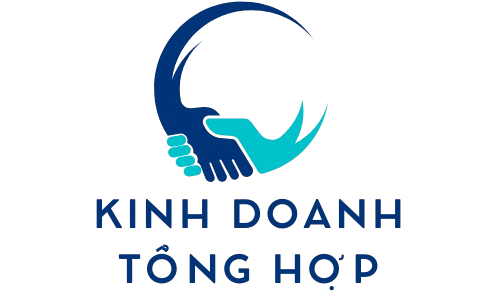In the dynamically progressing landscape of education and vocational advancement, the capacity to learn https://learns.edu.vn/ effectively has arisen as a essential skill for scholastic accomplishment, career advancement, and individual development. Contemporary investigations across mental science, neurobiology, and educational practice reveals that learning is not merely a receptive absorption of knowledge but an active procedure influenced by planned techniques, contextual elements, and brain-based processes. This report combines data from more than twenty authoritative sources to present a cross-functional analysis of learning optimization techniques, offering applicable insights for learners and educators similarly.
## Cognitive Foundations of Learning
### Neural Processes and Memory Development
The mind uses distinct neural routes for various categories of learning, with the brain structure playing a critical role in strengthening short-term memories into permanent preservation through a process called brain malleability. The two-phase framework of cognition distinguishes two mutually reinforcing thinking states: attentive phase (intentional troubleshooting) and relaxed state (subconscious pattern recognition). Successful learners strategically rotate between these modes, using focused attention for deliberate practice and creative contemplation for innovative ideas.
Chunking—the method of organizing associated data into meaningful units—improves working memory ability by decreasing brain strain. For illustration, performers learning intricate compositions break compositions into rhythmic patterns (chunks) before incorporating them into final works. Neural mapping investigations reveal that group creation corresponds with greater neural coating in brain circuits, explaining why expertise develops through frequent, systematic training.
### Sleep’s Influence in Memory Strengthening
Sleep patterns directly affects educational effectiveness, with slow-wave sleep stages facilitating explicit remembrance consolidation and rapid eye movement sleep enhancing implicit learning. A recent longitudinal research found that individuals who kept steady rest routines surpassed peers by 23% in memory assessments, as sleep spindles during Secondary non-REM rest promote the re-engagement of hippocampal-neocortical networks. Real-world applications include distributing study sessions across numerous days to utilize dormancy-based memory processes.
